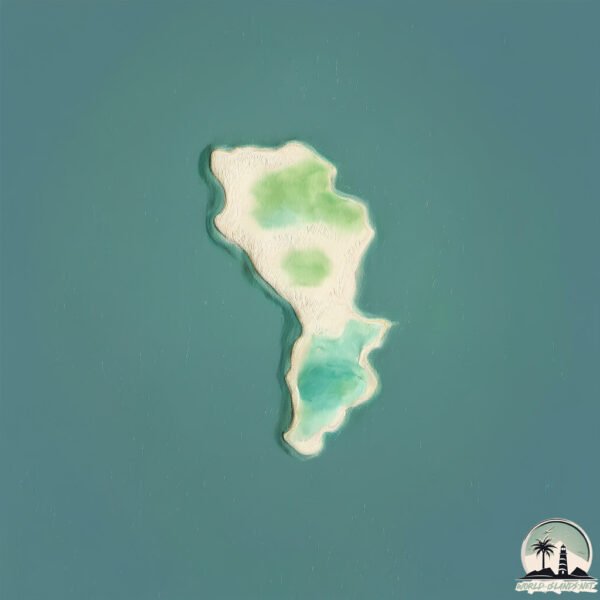Louth

Welcome to Louth, a Temperate island in the Great Australian Bight, part of the majestic Indian Ocean. This guide offers a comprehensive overview of what makes Louth unique – from its geography and climate to its population, infrastructure, and beyond. Dive into the details:
- Geography and Size: Explore the island’s size and location.
- Climate and Weather: Weather patterns and temperature.
- Topography and Nature: Uncover the natural wonders of the island.
- Infrastructure and Travelling: Insights on reaching, staying, and making the most of your visit.
- News and Headlines: Latest News.
Geography and size of Louth
Size: 2.011 km²
Coastline: 9 km
Ocean: Indian Ocean
Sea: Great Australian Bight
Continent: Oceania
Louth is a Small Island spanning 2 km² with a coastline of 9 km.
Archipel: –
Tectonic Plate: Australia – A major tectonic plate covering Australia, New Zealand, and parts of the Indian and Pacific Oceans, known for its relative stability and occasional seismic activity.
The geographic heart of the island is pinpointed at these coordinates:
Latitude: -34.57875839 / Longitude: 135.95357751
Climate and weather of Louth
Climate Zone: Temperate
Climate Details: Warm-Summer Mediterranean Climate
Temperature: Warm Summer
Climate Characteristics: Characterized by warm, dry summers and mild, wet winters, typical of coastal areas with abundant sunshine Rain is more common in the winter months, maintaining a moderate climate.
Topography and nature of Louth
Timezone: UTC+09:30
Timezone places: Australia/Adelaide
Max. Elevation: -4 m
Mean Elevation: -4 m
Vegetation: Open Woodland
Tree Coverage: 54%
The mean elevation is -4 m. Remarkably, this unique island barely emerges above the sea level, showcasing nature’s fascinating interplay with the ocean. The island is characterized by Plains: Flat, low-lying lands characterized by a maximum elevation of up to 200 meters. On islands, plains are typically coastal lowlands or central flat areas.
Dominating Vegetation: Open Woodland
Characterized by sparsely distributed trees with open canopy allowing sunlight to penetrate, supporting grasses and shrubs underneath. Often found in drier or transitional environments. Louth has a tree cover of 54 %.
Vegetation: 2 vegetation zones – Low Diversity Island
Islands with two distinct vegetation zones offer slightly more ecological variety. These zones could be due to differences in elevation, moisture, or other environmental factors. While still limited in biodiversity, these islands may offer a contrast between the two zones, such as a coastline with mangroves and an inland area with grassland.
Infrastructure and Travelling to Louth
Does the island have a public airport? no.
There is no public and scheduled airport on Louth. The nearest airport is Port Lincoln Airport, located 8 km away.
Does the island have a major port? no.
There are no major ports on Louth. The closest major port is PORT LINCOLN, approximately 18 km away.
The mean population of Louth is 4 per km². Louth is Gently Populated. The island belongs to Australia.
Continuing your journey, Thistle is the next notable island, situated merely km away.
Australia is classified as Developed region: nonG7: Developed economies outside of the Group of Seven, characterized by high income and advanced economic structures. The level of income is High income: OECD.
News – Latest Updates and Headlines from Louth
Stay informed with the most recent news and important headlines from Louth. Here’s a roundup of the latest developments.
Please note: The data used here has been primarily extracted from satellite readings. Deviations from exact values may occur, particularly regarding the height of elevations and population density. Land area and coastline measurements refer to average values at mean high tide.
